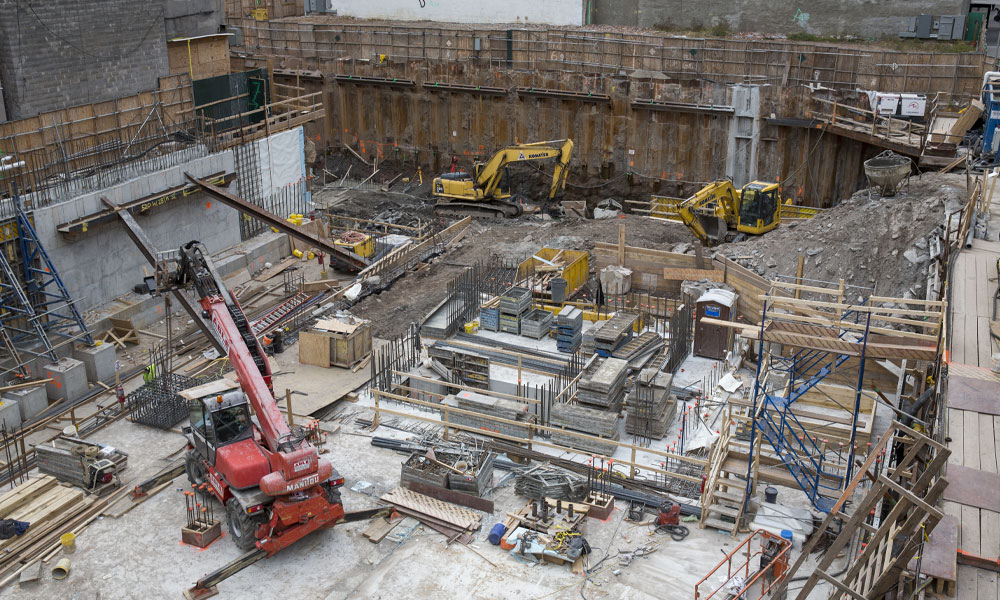
The Search for a Greener Concrete
The search for a greener concrete alternative has been a topic in the industry for a long time now. With concrete being responsible for eight percent of carbon emissions and placing it at about third in the world if it were a country, not far behind China and the United States, it’s little wonder. Now more than ever, a change is needed, but the question reminds as to what that will be? In today’s blog, we’re going to explore some of the different technologies being developed around the world.
Central, part of U.S. Concrete, a manufacturer based in Texas has shifted about seventy percent of its production to “low emissions” concrete, up from the twenty percent it was producing in the early 2000s. In the last three years, the plant has been pushing harder than ever to ‘decarbonize’.
Central Concrete, in San Jose, California is experimenting by taking carbon dioxide from a chemical gas company injecting it into concrete and locking in that greenhouse gas. By doing so, it keeps it out of the atmosphere where it would contribute to global warming. They are also experimenting with trying out various substitutes for cement used in concrete which makes up about fifteen percent of most concrete mixes and acts as a glue to hold all of the ingredients together. It is also the component which is responsible for the majority of carbon emissions.
Prior to climate change being a pressing issue, concrete producers sought to reduce the amount of cement in mixes simply for the reason of finding a less expensive product they could use that was just as effective, if not more. Fly-ash and slag were used in recent years for this purpose, however, due to coal plants shutting down slowly they are not as readily available as they once were.
CarbonCure Technologies based in Halifax Nova Scotia is experimenting with injecting liquid carbon dioxide into concrete during mixing to not only keep the greenhouse gas out of the air but also to strengthen it and remove the amount of cement needed in the mix.
There’s no sure recipe out at the moment and it could be another twenty years before we see one that solidifies its place in the market, but the foundation to a concrete recipe remake for a newer and greener concrete is out there waiting to be unearthed.
